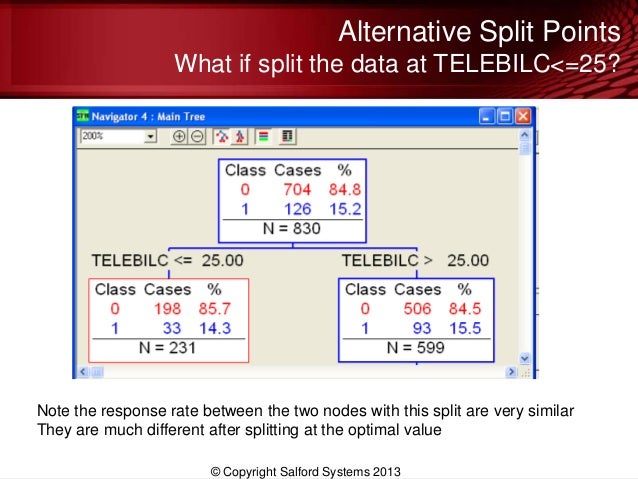

There are also multiblock and unstructured extensions to the format, so it is often unclear how a particular set of nominally PLOT3D-format files is formatted on the binary level without referring to the software that created them. Data may be stored in either binary or ASCII text format and floating point values may be either single or double precision. The grid file contains the coordinates of the solution grid, while the solution file contains information typical of a CFD solution, flow density, flow momentum (a vector), and flow energy. The filename extensions used vary, though. The most basic format includes two different files, a grid file (G-file) and a solution file (Q-file).

This makes it simple to iterate through a series of volumetric elements and calculate all required properties for the purpose of a CFD analysis.

Additionally, given the location of any value, the block number, i location, j location, and k location may be determined. The structured grid allows random access, that is by knowing the block number, i location, j location, and k location, any grid point value or result value may be extracted. PLOT3D was created by NASA Ames Research Center in 1982 by Pieter Buning and remains an often used file format. In computational fluid dynamics, the PLOT3D file format is a standard file format used for storing grid and results data.


 0 kommentar(er)
0 kommentar(er)
